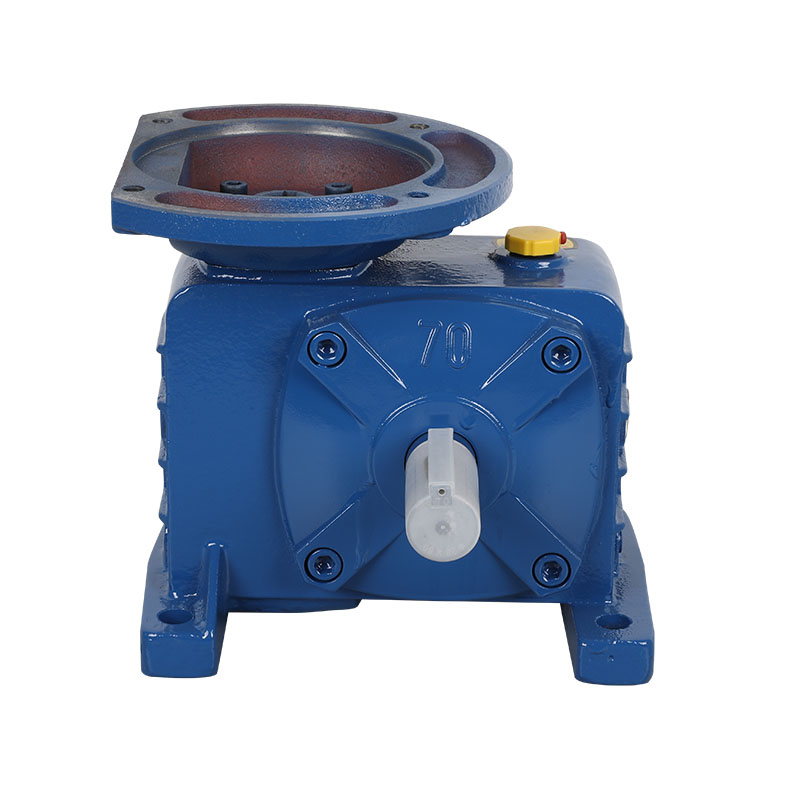WP worm gear reducers are commonly used in various industrial applications due to their compact design and high torque capabilities. However, they can produce noise and vibration during operation, which can lead to reduced efficiency and discomfort in the working environment. Here are several effective strategies to minimize noise and vibration in WP worm gear reducers.
Choosing the right materials for both the worm and the gear can significantly impact noise and vibration levels. High-quality, durable materials reduce wear and tear, leading to smoother operation. For example:
Using materials with good wear resistance, such as hardened steel or bronze, can help maintain the gear's integrity and reduce noise.Incorporating damping materials in the housing can absorb vibrations and decrease noise transmission.
The manufacturing process of the worm gear set should ensure precise dimensions and tolerances. High precision in the gear teeth and their alignment leads to better meshing and reduces noise and vibration. Techniques include:

Using advanced CNC machines can achieve high precision in gear production.Implementing rigorous quality control measures during manufacturing helps identify defects that could lead to increased noise and vibration.
Lubrication plays a crucial role in reducing friction between moving parts, which can contribute to noise and vibration. Key practices include:
Choosing the Right Lubricant: Select lubricants with suitable viscosity and additives to minimize wear and reduce operating noise.
Establish a maintenance schedule for checking and replacing lubricants to ensure optimal lubrication levels.
Implementing vibration isolation techniques can help minimize the transfer of vibrations from the reducer to the surrounding structure. Methods include:
Using rubber or elastomeric mounts can absorb vibrations and reduce noise transmission to the mounting structure.Placing isolation pads beneath the reducer can further dampen vibrations.
Imbalance in load distribution can lead to increased vibrations and noise levels. Ensuring that loads are evenly distributed across the gears can help mitigate these issues. Considerations include:
Regularly evaluate the load conditions to ensure they fall within the recommended limits of the reducer.Use load monitoring systems to track imbalances and make necessary adjustments.
Proper alignment during installation is essential for reducing noise and vibration. Misalignment can lead to uneven wear and increased noise. Recommendations include:
Use laser alignment tools to ensure accurate alignment between the motor and the reducer.Conduct regular checks on the alignment post-installation and during maintenance intervals.
Establishing a comprehensive maintenance and monitoring program can help identify potential issues before they escalate. Key elements include:
Regularly perform vibration analysis to detect early signs of wear or misalignment.Implement noise level monitoring systems to track changes in operational noise, allowing for timely intervention.
Incorporating design improvements can further enhance the performance of WP worm gear reducers. For example:
If applicable, using helical gears instead of standard worm gears can reduce noise levels due to smoother engagement.Designing the housing to minimize resonance and using sound-dampening materials can significantly reduce operational noise.
Reducing noise and vibration in WP worm gear reducers involves a multifaceted approach that includes material selection, precision manufacturing, proper lubrication, vibration isolation, load balancing, careful installation, and regular maintenance. By implementing these strategies, manufacturers can enhance the performance and longevity of worm gear reducers while creating a more comfortable and efficient working environment.

 English
English русский
русский bahasa Indonesia
bahasa Indonesia
